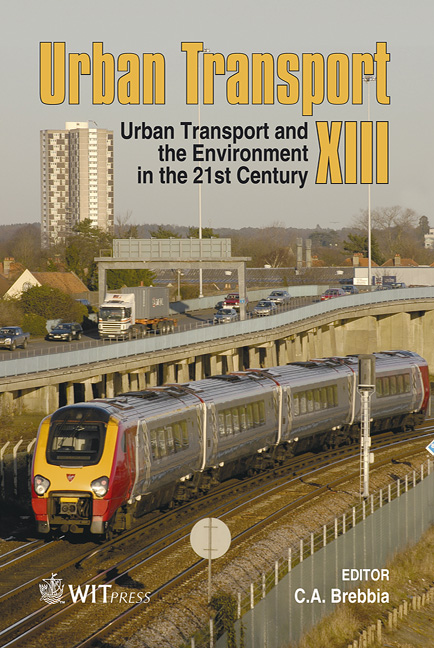Social Motion
Price
Free (open access)
Transaction
Volume
96
Pages
10
Published
2007
Size
1,206 kb
Paper DOI
10.2495/UT070631
Copyright
WIT Press
Author(s)
M. Despang & E. Mumm
Abstract
Urban transportation is mainly seen as a challenging engineering and logistical task. However, the results of technically-installed infrastructure become part of the urban fabric, structured tectonics and, in the best case, architecture for short occupancy. In regard to the early 20th century philosopher Ludwig Wittgenstein, for whom architecture was \“like a gesture and unlike every movement of the human body is a gesture, neither is every building architecture”, the question remains as to how the infrastructural environment needs to perform beyond its primary function. This paper will illustrate how an architectonical approach on infrastructure can catalyze the social impact of infrastructural enterprises. Achievements of socially-responsive infrastructures will be demonstrated by two intercontinental case studies: the rethinking of the \“Loop” in Chicago Illinois USA by graduate student Erin Mumm and the light rail station projects in Germany by her mentor Professor Martin Despang. In a collaborative way the authors Mumm and Despang, with his practice base in Hannover, Germany and his research and teaching platform at the College of Architecture in Lincoln, Nebraska, USA, will point out the potential of specific architectural treatment in achieving an economical and social win/win affect. The study concludes that giving infrastructural concepts multiple meaning beyond the primary purpose of moving people can hopefully result in high public acceptance, which is the most fundamental requirement for a sustainable future of infrastructural investments. The paper presentation will point out the societal and economical challenges and the potential of architecturally-engineered infrastructure. Keywords: infra/structural architecture, light rail systems, urban trains, elevated transportation, sense of place, infrascape.
Keywords
infra/structural architecture, light rail systems, urban trains, elevated transportation, sense of place, infrascape.





